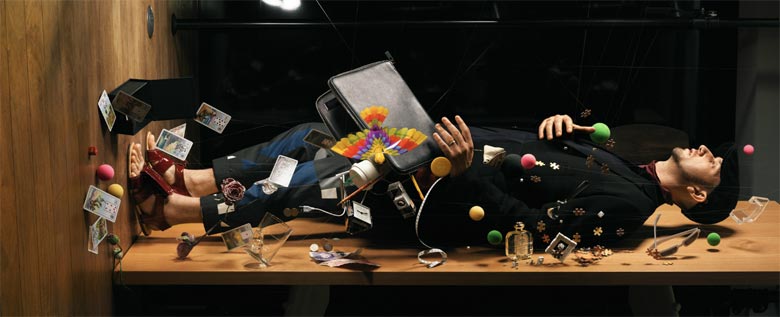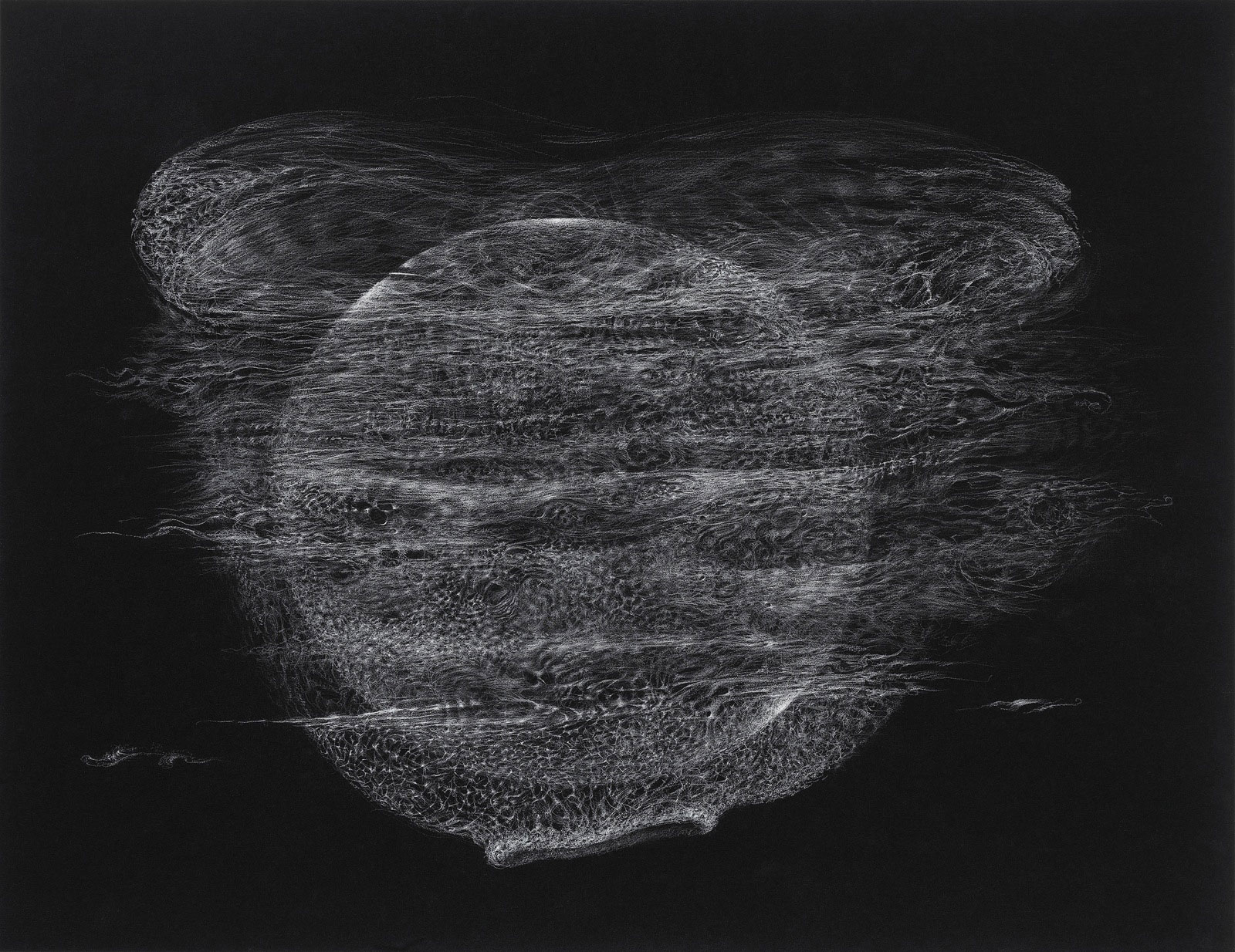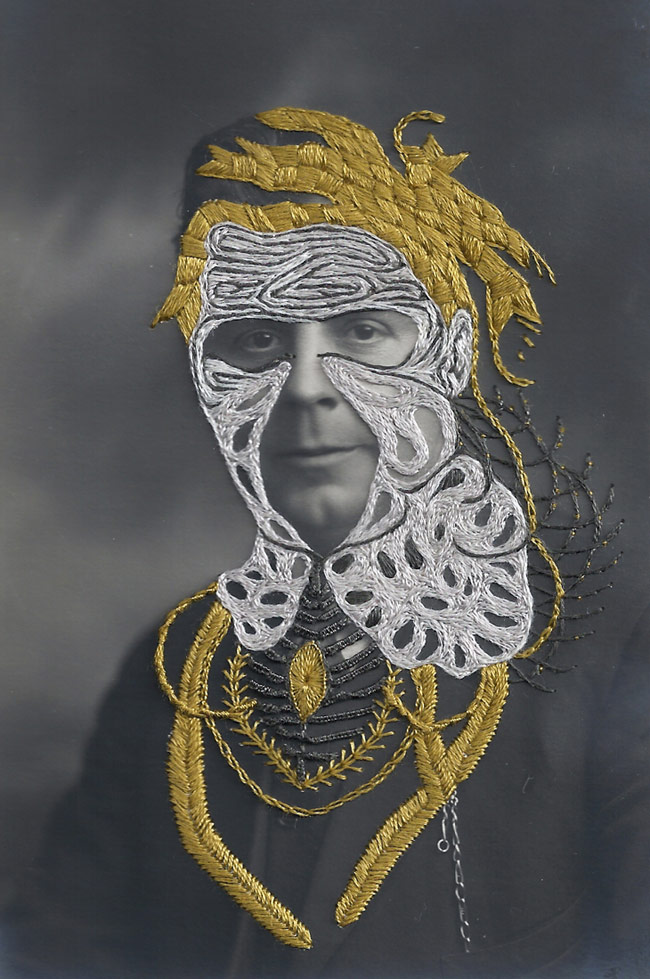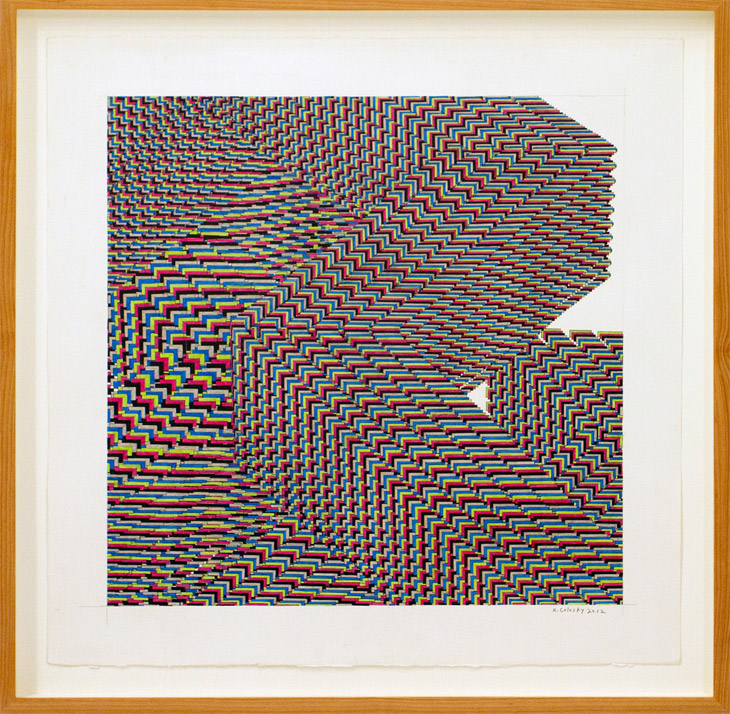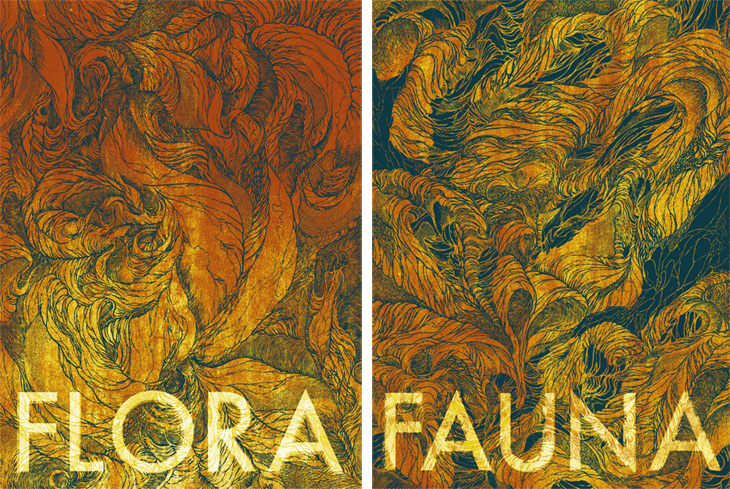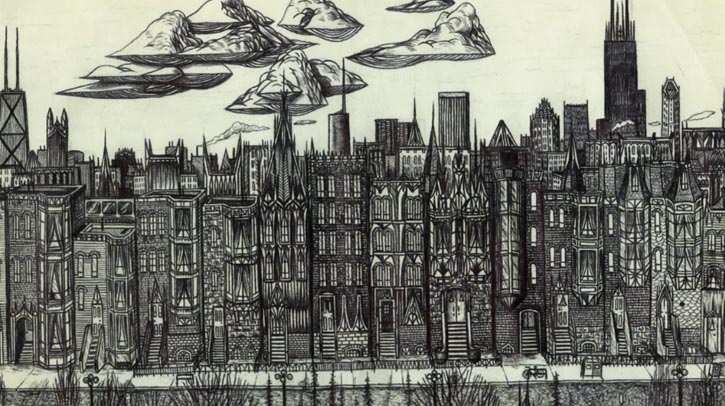In this bi-lingual Japanese and English interview, Jon Barthmus of Sun Airway and Takayuki Nakazawa, art director and designer for Japanese art collective NAM, offer their perspectives on designing...
Read onLooking Through The Glass When I first wrote about the work of Sydney, Australia’s Mark Whalen years ago, I was fascinated by his use of bright pinks and blues in angular ways that can’t possibly exist in “real life”. Now, in...
"My intention is to reveal a spectacle of wood, water, light and atmosphere; to share my enthusiasm for these processes and patterns that overlay, harmonize and echo one another."
Stacey Page takes found photographs and adorns their subjects with elaborate thread headdresses and masks. Delving into notions of ego and avatar, Page creates a seamless melding of antiquated strangers and vague, archetypical monsters that stare...
Oh, but of course Oakland’s Randy Colosky is the main artist showing at this month’s Gallery Hijinks (2309 Bryant St., San Francisco) show (stated in a knowing-yet-pleasantly-surprised way)! Nondeterministic Algorithm. shown below, is a...
"The training I received as as an illustrator emphasized the importance of aesthetic versatility. The way something is illustrated can have a big impact on the narrative. A lot of my technical work focuses on the tangibility of aesthetic."
Dictators! Love them or hate them (philosophically-speaking), it's hard to argue that a Communist aesthetic a la Mao Zedong or Joseph Stalin doesn't have a compelling color palette and welcome vintage grain associated with it. Perhaps in spite of...
By way of Seattle and San Diego, artist Ian Ferguson seems to finally have hit his artistic stride amidst the urban rawness of Chicago. This documentary takes a quick glance at the new direction of his works — with a special focus on large...

